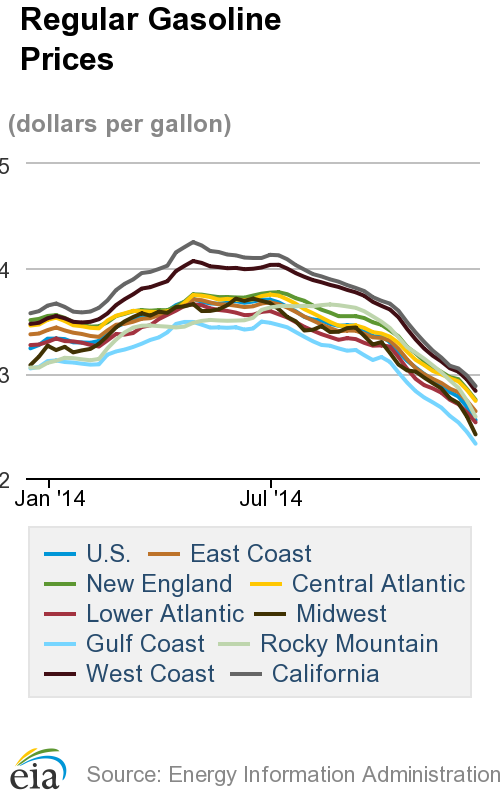What is GIS? Frequently, when I’m out socializing and meeting new people, inevitably the discussion of professions will surface. Naturally, I tell them that I am a GIS analyst. This response is immediately followed up with the question, “what is GIS exactly?” As I try to explain it to them, I can see the blank stares. This leads me to say, “I make maps,” which is an inaccurate portrayal of what a GIS analyst does, as well as an underestimation of GIS in general.
According to Esri, the company that developed the first and most popular commercial GIS:
A geographic information system (GIS) integrates hardware, software, and data for capturing, managing, analyzing, and displaying all forms of geographically referenced information.
GIS allows us to view, understand, question, and visualize data in many ways that reveal relationships, patterns, and trends in the form of maps, globes, reports, and charts.[1]
GIS combines hardware, software, and the analyst to streamline, manage, and analyze spatial data efficiently. Of course, this all depends on data quality. Data quality is a crucial component of GIS technology.
GIS allows different industries to improve analysis of their products by incorporating a spatial variable. Using GIS can simplify analysis in any industry with a spatial component. Professionals in the natural resources field can use it to monitor the growth of scrub brush in Southern California. Public safety professionals can use it in a number of different ways; fire departments can come up with better emergency routing to neighborhoods they serve. Criminologists as well as the police can plot where crimes or traffic violations occur to develop a trend analysis to determine ‘hot spots’ to monitor. Urban planners use GIS to determine zoning areas, which helps them plan future land uses or areas for development (see the zoning example in the figure below). Statistical analysts use GIS in trend analysis, cluster analysis, measuring distribution, and modeling spatial relationships. These are just a few examples of how GIS incorporates a spatial component to improve analysis in other industries and areas of study.
Geography laid the framework for the invention of GIS; however, many industries that previously didn’t have a geographical component are now adopting GIS to account for a spatial component previously lacking. GIS has the ability to improve a number of different disciplines and industries. So yeah, I make maps, but that’s not all—that’s not even close to what I actually do. That just happens to be one of the main results, and the easiest to explain to people who are unfamiliar with what GIS is.
– Gabriel Bolden





Recent Comments